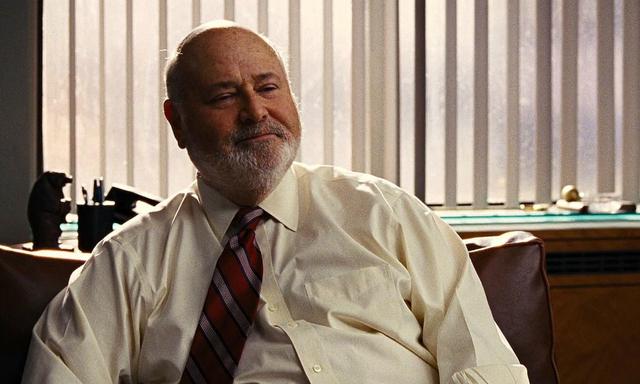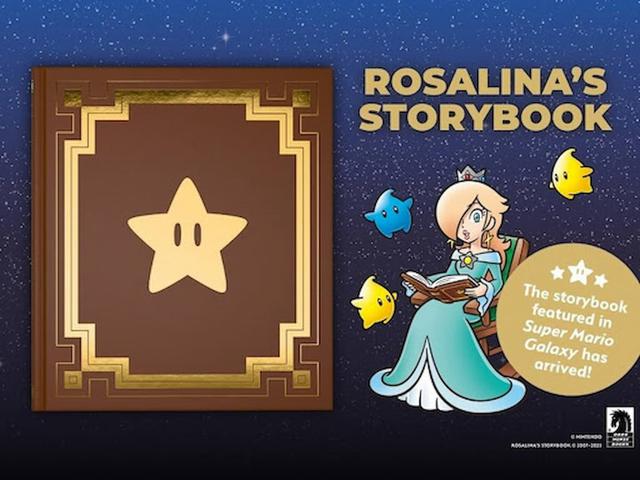If you click on a link and make a purchase we may receive a small commission. Read our editorial policy.
Barbie: is the movie's love of its origins the key to its success?
It's clear that the movie comes from people who loved their toys as kids - and that's important

If the very idea of a movie based on Mattel’s Barbie doll line seemed destined to be a tongue-in-cheek examination of the curious blend of the sexism and faux feminism at the heart of the toy’s appeal — a two-hour version of Aqua’s coy “Barbie Girl” on the big screen, if you will — then the first trailers for the movie likely came as a significant surprise. Could it be that the movie could really appeal to, as the tagline claims, people who hate and love Barbie? Could director Greta Gerwig actually have managed to pull off a movie that understands not just Barbie, but what Barbie fans want from her first live-action outing in the multiplex?
As we pull nearer to the launch of the film, it appears so. Which raises the simple question: how did Gerwig pull that off?
That Barbie look

The film's ability to capture Barbie's look goes far beyond how accurate the costumes and the sets are to the toys, although that’s definitely part of it. There’s a level of craftsmanship and near-obsessive focus made plain in this promo video made for Architectural Digest about the set and the props and how they were designed to be entirely tonally accurate to the toys of the past and the aesthetic of the periods those toys were created in. It’s no wonder that the creation of the set caused a shortage of a particular shade of pink paint, given how much of it was used, and how precisely calibrated the backgrounds are to evoke very particular memories and ideas.
That Barbie style

That said, we’ve seen movies that have eye-popping visuals and speak to specific nostalgic impulses and have still been disappointed; this summer alone, Indiana Jones and the Dial of Destiny could be accused of being that very thing. Instead, it’s the unspoken mechanics of Barbie that fulfill very exact parameters that are familiar to anyone who played with the dolls when younger. Mechanics that defy logic and even some branding. Movie Barbie doesn’t logically navigate her surroundings, but exists in the magical realism of play logic, for one thing — she changes outfits merely by looking at them, and glides from the roof of her Dream House down into her car with ease, as if an invisible hand was guiding her.
Kate McKinnon’s “Weird Barbie” features the same aesthetic creativity; everyone who played with Barbie dolls for any length of time as a kid either gave their own Barbie a makeover like Weird Barbie, or knew someone who did: the weird, hacked-up hair, the inhuman poses, the Sid-from-Toy-Story-but-make-it-fashion of it all. It’s universal — as I said, Weird Barbie is not an uncommon occurrence, if only because of course something like that was going to happen — and authentic not to the Official Brand, but to the experience of those who played with these toys over and over and over again.
It’s a sign that the Barbie movie is the work of people who aren’t just getting a paycheck or inheriting a beloved brand, but who were fans of that property themselves. For want of a better way to put it, it’s the work of people who just get it.
High fidelity

There are many other movie adapatations that felt the need to reinvent their subjects for whatever reason — self-consciousness over the source material, concern that the appeal wasn’t wide enough, or simply a desire to do something else — where the changes are just enough to seem different enough from the source material that there’s a gap in charm and appeal; an uncanny valley where it’s unclear what has been lost, but something has. (Hello, all the Transformers movies. I’m also looking at you, every Spider-Man movie through the Tom Holland MCU entries.) It’s not that the people responsible for those movies weren’t fans, or didn’t like the subjects of their movies, necessarily — but they weren’t, for want of a better way of putting it, true believers.
Barbie is clearly the work of true believers. Filmmakers that, again, “get it” — understand that faith in the original appeal is enough to make others see why it is appealing, and to double down on what they love about it to such a degree that others will love it, too.
To be clear, Barbie is far from the first movie to do this: you can go back to 1978’s Superman: The Movie for an example of a spiritual ancestor, or Paul King’s two Paddington movies, more recently. There are even two recent examples of this being done inside a play space, with both 2014’s The LEGO Movie and this year’s Super Mario Bros demonstrating what is clearly a love affair with the original concepts and material. Barbie is simply doing the same thing with something that is at once entirely iconic and utterly unexpected — really, who honestly saw this coming? — making it all the more noteworthy.
If we’re lucky, the success of Barbie will fuel a trend not for more movies based on dolls, or beloved “girls’ toys” instead of “boys’ toys,” but for movies made by people who were once just like the core audience, and who remember that experience with shocking clarity. Let’s hope that Barbie is a giant, significant hit, and that it results in a whole new generation of fan films, in the truest, most wonderful sense.
All this, and Barbie is also the big political movie of the season, too. Is there nothing she can’t do?
Follow Popverse for upcoming event coverage and news
Find out how we conduct our review by reading our review policy
Let Popverse be your tour guide through the wilderness of pop culture
Sign in and let us help you find your new favorite thing.
















Comments
Want to join the discussion? Please activate your account first.
Visit Reedpop ID if you need to resend the confirmation email.